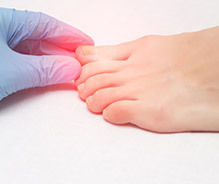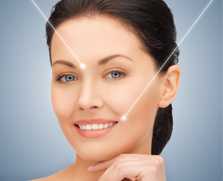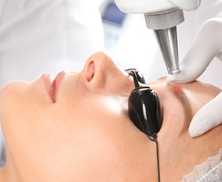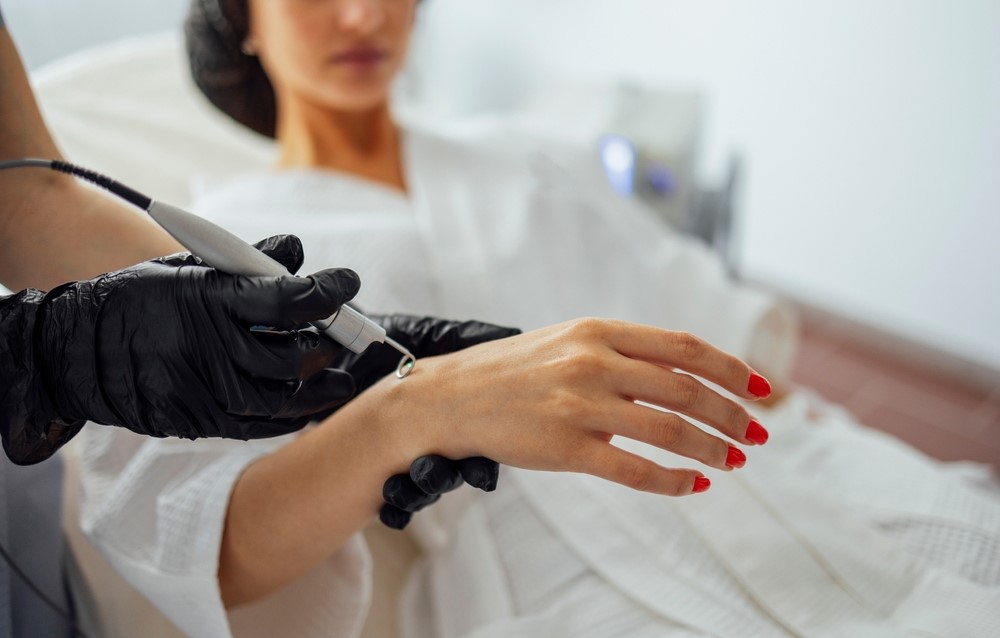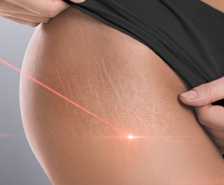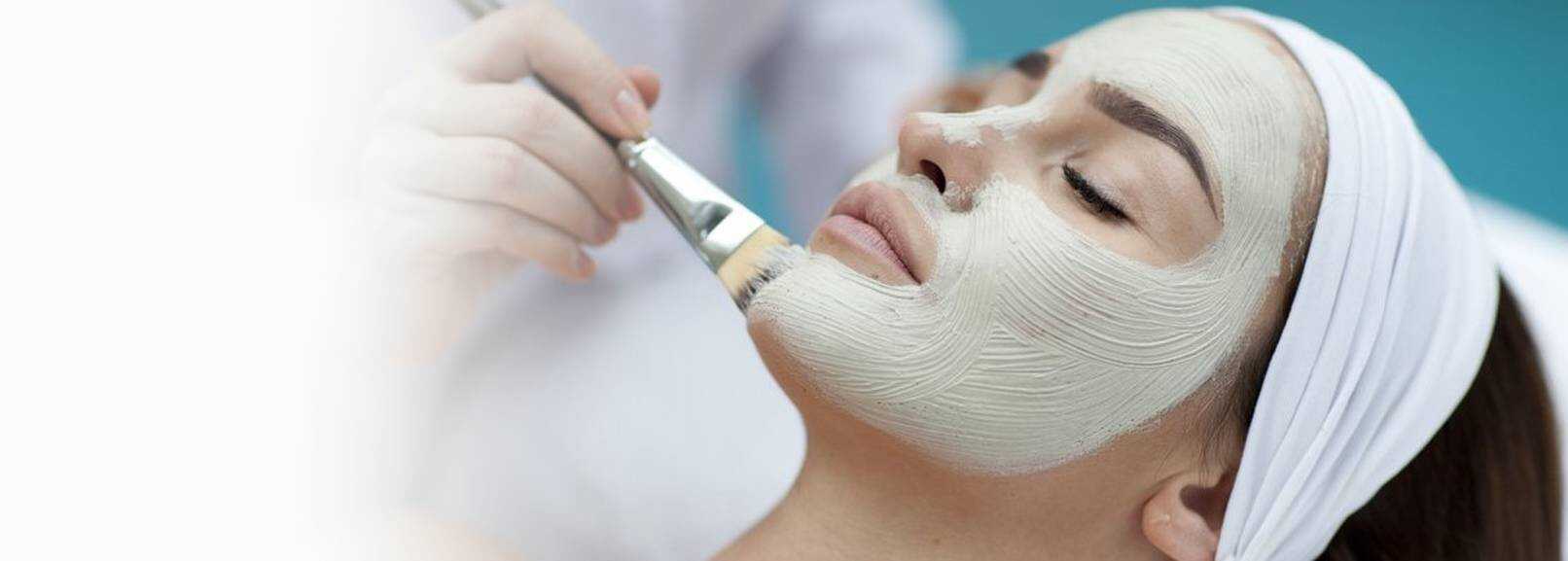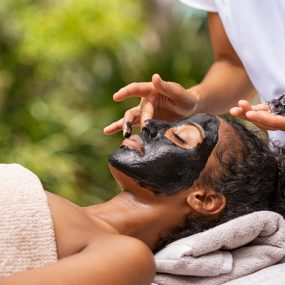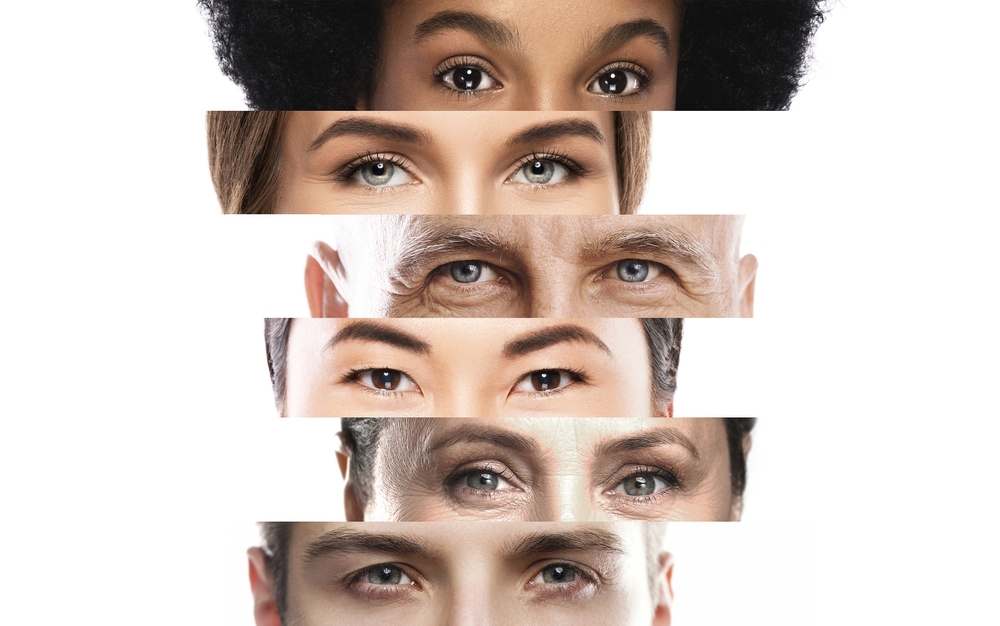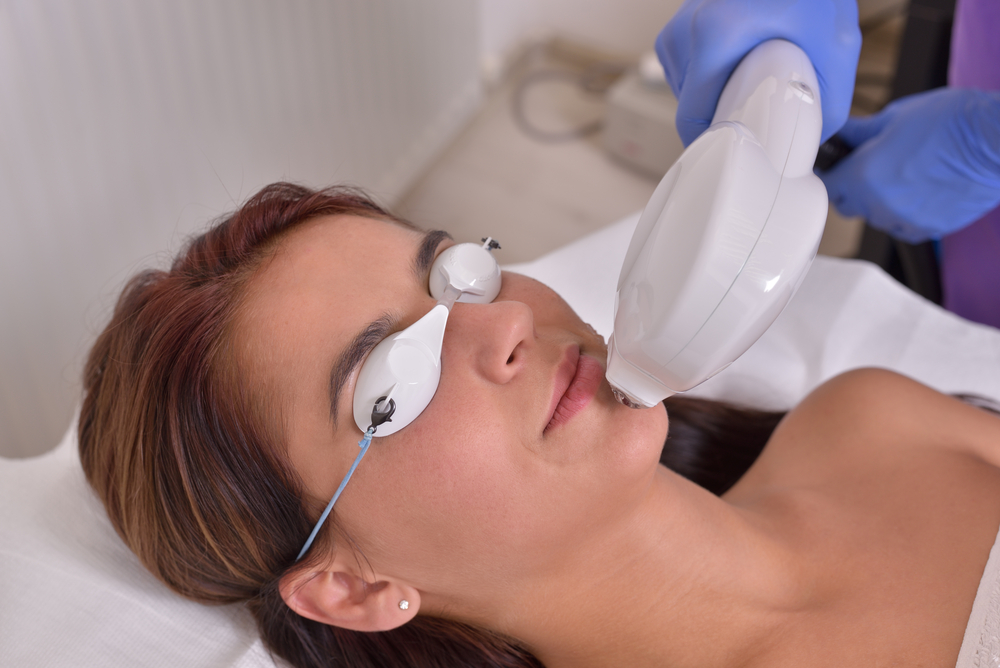The effects of environmental factors on ageing are not always visible during the earlier part of our life but become apparent as we age. As we age, changes in our skin emerge. These changes are a result of everyday activity which can leave permanent marks, scars, broken capillaries or even a dull and unhealthy skin complexion.
The three main environmental factors of ageing are: Alcohol, Sun and Smoking.
Alcohol: Alcohol may begin with just several glasses on an occasional night out, but can significantly and visibly age you if excessive drinking of alcohol becomes a habit. Alcohol dehydrates the skin and deprives it of vital nutrients and vitamins needed to maintain a healthy exterior and interior. Alcohol takes away vitamin A which is needed for cell renewal. With prolonged consumption, it increases your blood flow causing blood vessels to dilate and break, leaving broken capillaries. Often alcohol abusers also suffer from a skin disorder, known as rosacea. This involves the skin adopting a red and flushed appearance which can be difficult to conceal even with foundation.
Not all alcohol is processed by the liver and some may leave the body by sweating through the skin. Alcohol filled occasions lead to long nights out with lack of sleep and forgetting to remove make up. This not only leads to a dry and exhausted outer appearance but encourages more sebum and oil production which can clog the pores forming pimples.
When the skin is hydrated, it becomes plump which smooths out the skin. However, alcohol dehydrates the skin and when the skin is constantly dehydrated, it is more likely to crack and wrinkle. This is a process which will eventually cause pigmentation, which is a darkening often found around the eyes and mouth.
Sun: Small amounts of sunlight provides vital levels of vitamin D but with cumulative sun exposure, there is a higher intensity of ultraviolent sun rays reaching the skin. This causes damage to the skin’s elastin fibres which makes the skin saggy and takes longer for the skin to restore after suffering tear and trauma.
Despite having a sun kissed glow in one’s late teen hood or early 20’s, sun lovers can be distinguished from those who have kept their sun exposure to a healthy minimum. These rapid effects emerge as early as in one’s 30’s and include pigmentation, course and deep set wrinkles, discolouration and thickening or thinning of the skin.
Smoking: Smoking is a serious contender for prematurely ageing the skin. It is not a difficult task pointing out a smoker of many years to a non-smoker of the same age. Smoker lines appear prominently around the mouth compared to normal ageing lines and the skin adopts a leathery texture due to the restriction of oxygen supply to the skin. Additional traits of smoking include yellow staining of the teeth and the production of a yellow mucus trapped within the pores of the skin.
Throughout the course of our life, we invest heavily in treatments and products to maintain a youthful appearance and to improve the skin’s texture and skin tone. However, keeping up with a multitude of bad habits will only counteract and reduce the effectiveness of these treatments and products. Although the ageing process cannot be halted completely, the degree/impact of the appearance of outward ageing can be reduced by taking measures to give up smoking, reduce sun exposure and reduce alcohol intake.
Written by: Sophie Hafez



